People think you need a telephoto lens and a camo tent to photograph wildlife. I thought so too—until I started getting my best shots with nothing more than a smartphone.
7
Have Clear Expectations
While it is possible to take gorgeous wildlife pictures with your phone, it is essential to know its limitations, too. When I use my phone, I know I can only take photos of friendly, urban wildlife, like squirrels, backyard birds, and ducks. It’s not practical to expect to take pictures of a grizzly bear or soaring bald eagle with a phone.
Remember, safety is your utmost priority before anything else. If you can’t reach the animal safely, let it go. It’s not worth getting too close or putting yourself in danger for a photo. Understanding the limitations of your phone and using it appropriately will help you avoid disappointments.
You don’t have to take beautifully composed images all the time. Sometimes, you can also document a distressed bird or butterfly to tell a stronger story. Also, focus on the little critters—they’re wildlife too.
6
Composition Is Crucial
As much as I love taking close-up portraits of animals, I understand it’s a tall order for my phone. So, I intentionally compose photographs by including more of the environment. It gives an expansive and airy feel, fitting well into my minimalist style.
When taking photos, think of the compositional rules you can use. Simplifying the scene always works best. Pay attention to the background and avoid any distractions. While this may not always be possible, a thoughtful composition can make a huge difference.
You can also use the Rule of Thirds, which can quickly elevate your photos to the next level. Also, try to include different elements like lines, shapes, and colors in your images for a better composition. It’s a good idea to brush up on your art knowledge and incorporate the various design principles, like balance, repetition, and contrast, in your composition to make your photos shine.
5
Shoot in Burst Mode
One of the things wildlife photographers look for in a camera is the frames per second, or FPS. It specifies the number of pictures your camera can take in a second. I always shoot in continuous or burst mode, where I press and hold the shutter button, and the camera will take pictures in rapid succession for as long as I want.
I was blown away when I found that I could shoot burst mode on my phone. It doesn’t seem to be a piece of common knowledge, but using burst mode on my iPhone is pretty straightforward. I tap and hold the shutter button and drag it to the left. The phone will keep taking the shots till I stop.
I never thought I could take action or Bird in Flight photos with my smartphone. But shooting in burst mode on my phone is a game-changer for me—I don’t miss any shots and get plenty of photos to choose from.
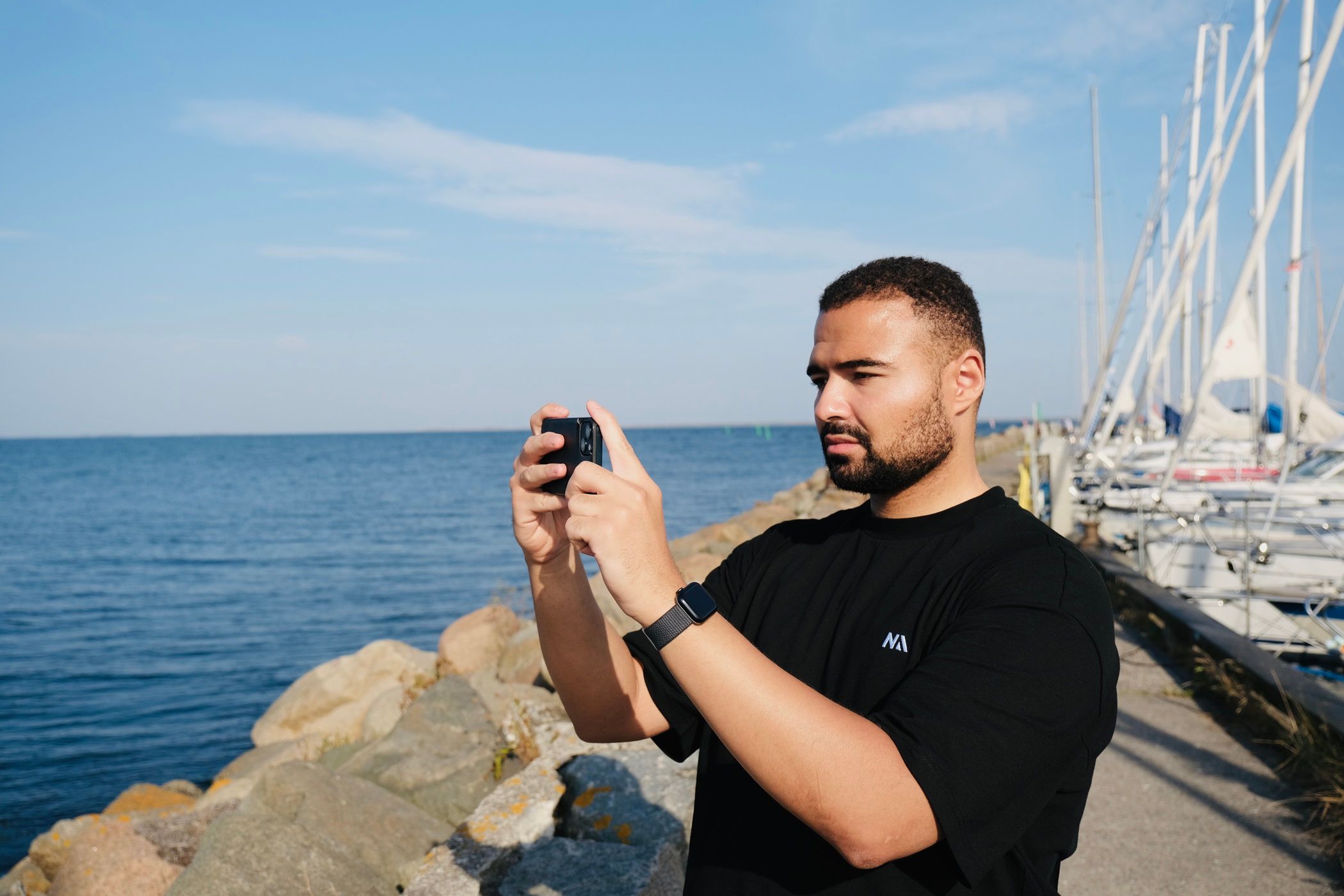
Related
10 Smartphone Photography Mistakes That Held Me Back for Years
These mistakes kept me stuck—don’t let them stop you.
4
Use AutoFocus Lock
You know how annoying it is when your camera struggles to lock focus on a moving subject. Try using your iPhone’s AE/AF lock to nail the focus every time. The camera will lock the focus point when you click and hold the yellow square on your iPhone. So, even if your subject moves, your camera will maintain focus.
This setting can be different on your phone, so check the manual or do a quick Google search with the name of your model.
3
Learn About Wildlife
Knowledge about nature and wildlife can give you an edge in the field. If you know where to find wildlife and their behavior, photographing them becomes easier, no matter what tools you use. For example, with apps like iNaturalist or eBird, I can see the nearby hotspots. Knowing this increases my chances of seeing and taking photos of wildlife.
I’m also a frequent visitor to the local parks and woods. Recently, I took a picture of a Great Blue Heron flying. I’ve previously taken many photos of the bird. I knew I could find it in the marshland or along the beach when I went for a walk. Sure enough, it was waiting there, hidden along the shore. I got my phone ready, waiting for it to take off. I also kept an eye on the best possible compositions when I took the pictures.
I’ve been using an old camera for over a decade and recently upgraded to a state-of-the-art camera with 200 FPS. I believed the new camera to be my ticket to wildlife photography glory. I soon realized I was so wrong. Nothing changed in terms of image quality, and I was increasingly frustrated until I started focusing on learning more about my subjects.
Having a camera with all the bells and whistles helps, but field knowledge is the indispensable tool that makes me take great photos.
2
Edit in Lightroom
Even after you’ve taken the photo of your dreams, it’s a good idea to enhance it by editing. I see that many new photographers skip this step, but editing can bring oomph to otherwise boring photos. You can also salvage a bad image by editing.
Have too many distracting things in the background? You can use powerful AI tools to remove them in one click. Photo editing used to be time-consuming and complicated, but not anymore. Use all the modern tools as a part of your workflow to make your photos stand out.
There are a multitude of photo-editing apps for your phone, but I highly recommend using Lightroom mobile for your wildlife photos. It’s a professional tool with an intuitive layout and options. I frequently use masking to make selective adjustments or blur the background. This option may not be available in basic apps.
One thing to note is that heavy-duty editing is not allowed in major wildlife competitions. If you plan to submit your phone images to nature and wildlife competitions, ensure you read the rules on editing limitations. It’s always a good idea to edit subtly.
1
Mindfulness Is the Secret Ingredient
I’m always mindful of the stress my presence may cause the wildlife. I don’t want to chase or get too close to a bird or animal. The best tip I can give is to be patient and wait for the wildlife to get used to you and approach. It also helps if your movements are intentional and slow, so you’re not scaring them away.
Although feeding wildlife is a quick shortcut to attract them, I personally advise against this. I prefer to have a relationship with my wildlife subjects based on respect and trust, and not by manipulation. Moreover, feeding wildlife is prohibited in my city. That said, feel free to take photos of birds visiting the bird feeders.
Alternatively, you can use a photo hide or camouflage so you can stay hidden. If you study animal behavior closely, you can also place a tripod setup in an area where animals frequently visit and use a remote shutter. You can do this right in your backyard; you don’t have to travel far.
Until a few months ago, I never believed taking wildlife pictures with a phone was possible. If I didn’t have my camera with me, I’d usually give up and not try at all. Now, I happily use my phone and come home with proud shots. So, don’t wait for the perfect gear, use your phone and spend time learning about wildlife. When you finally buy your dream camera, your future self will thank you.


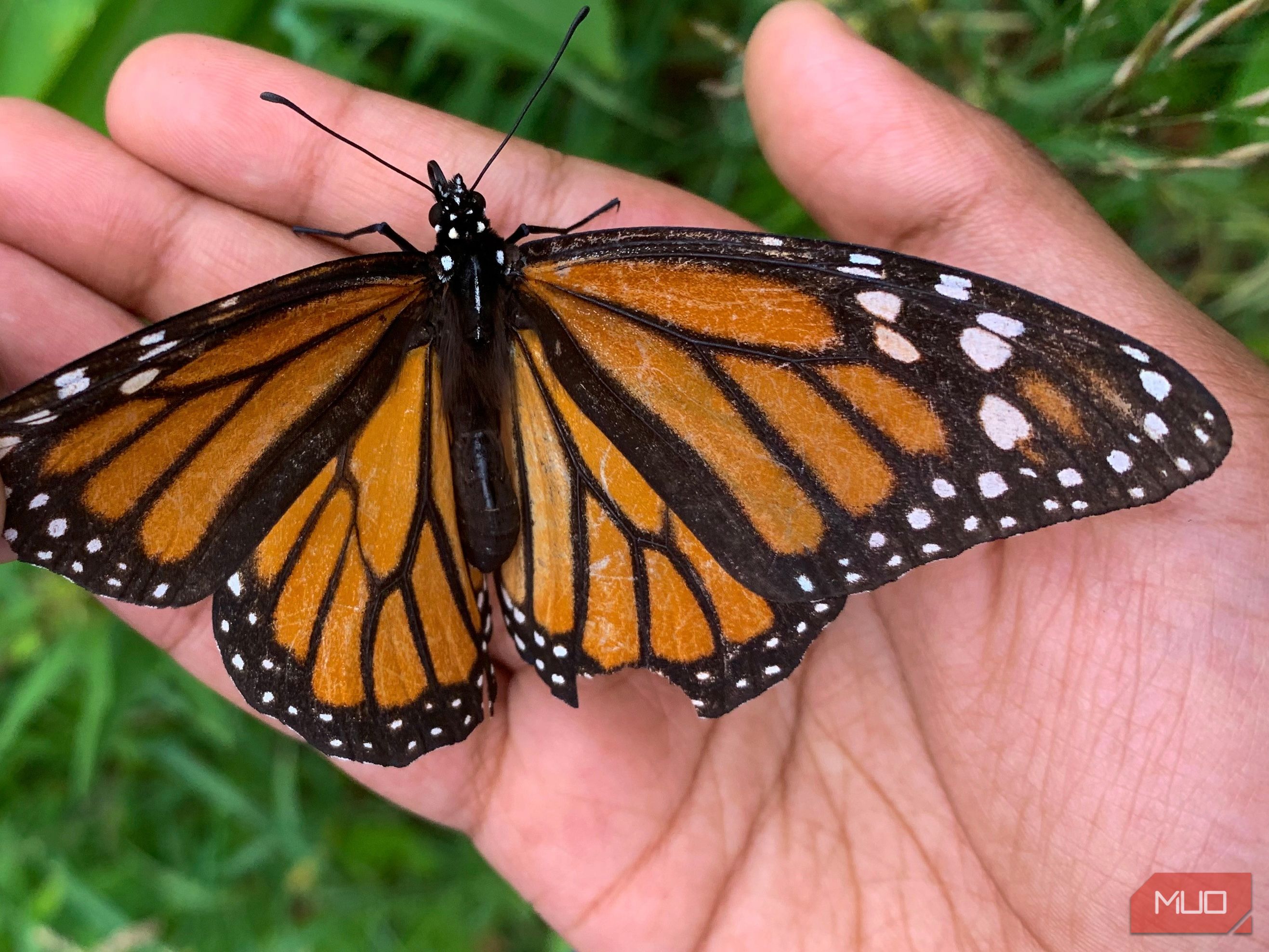
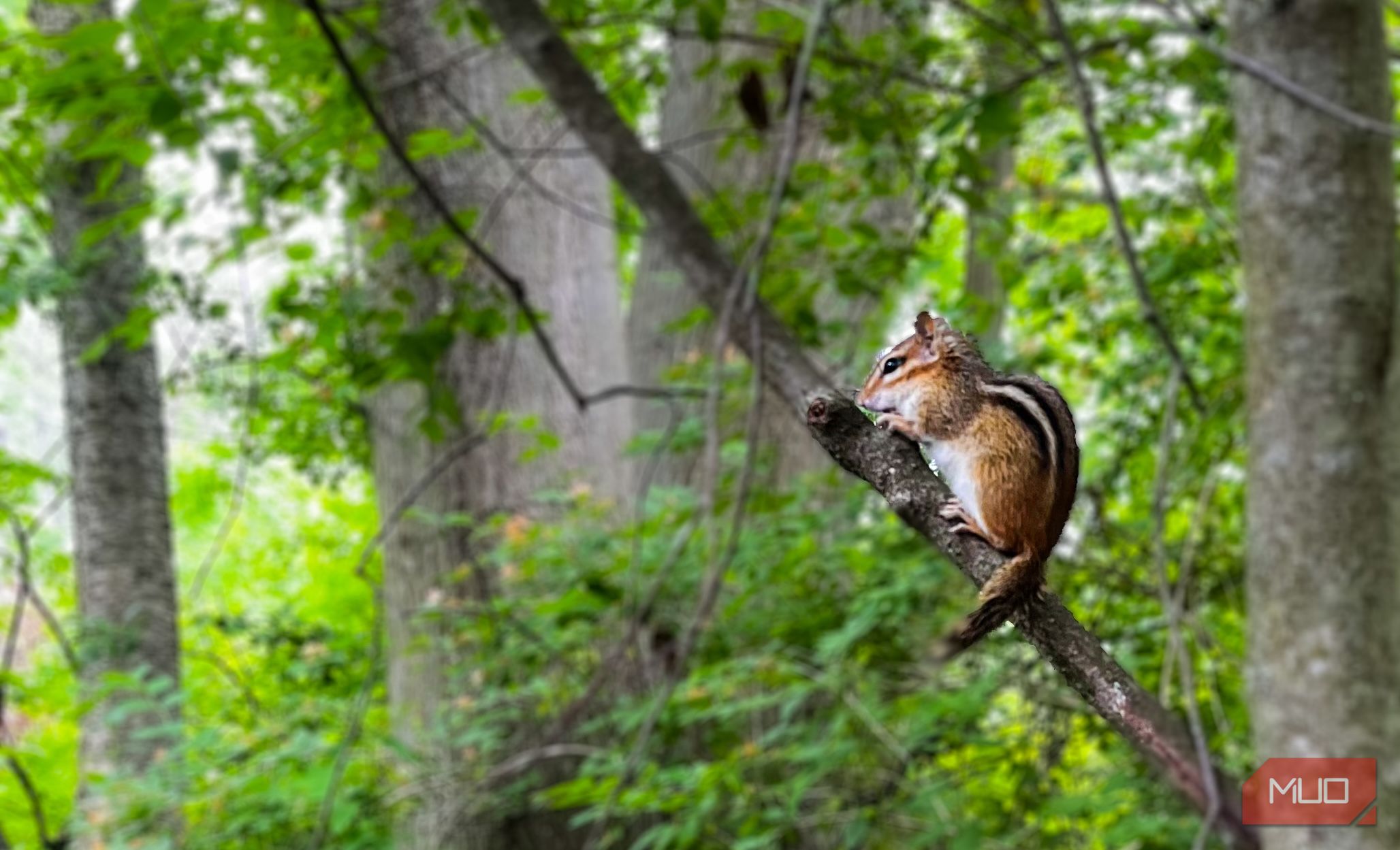
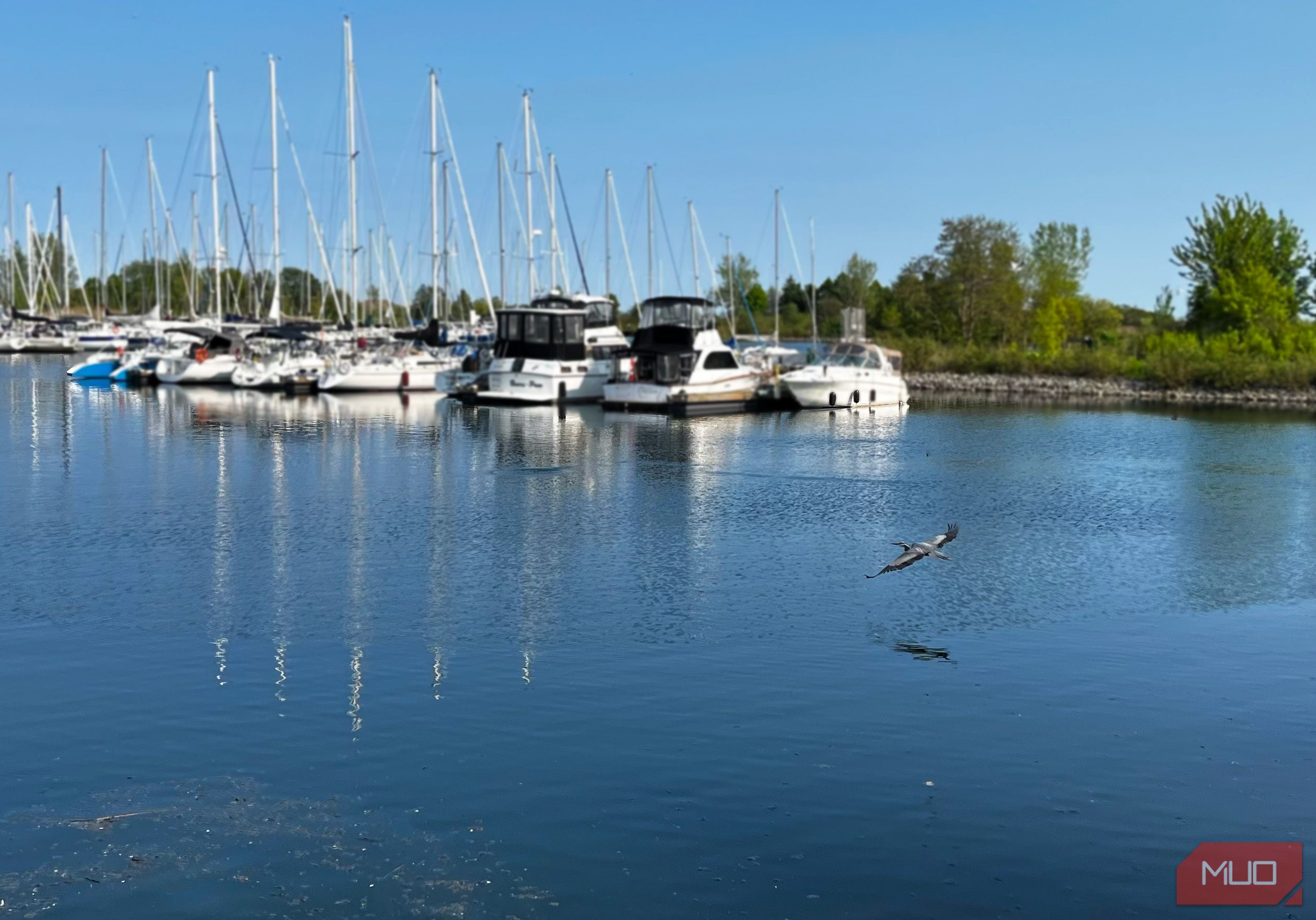
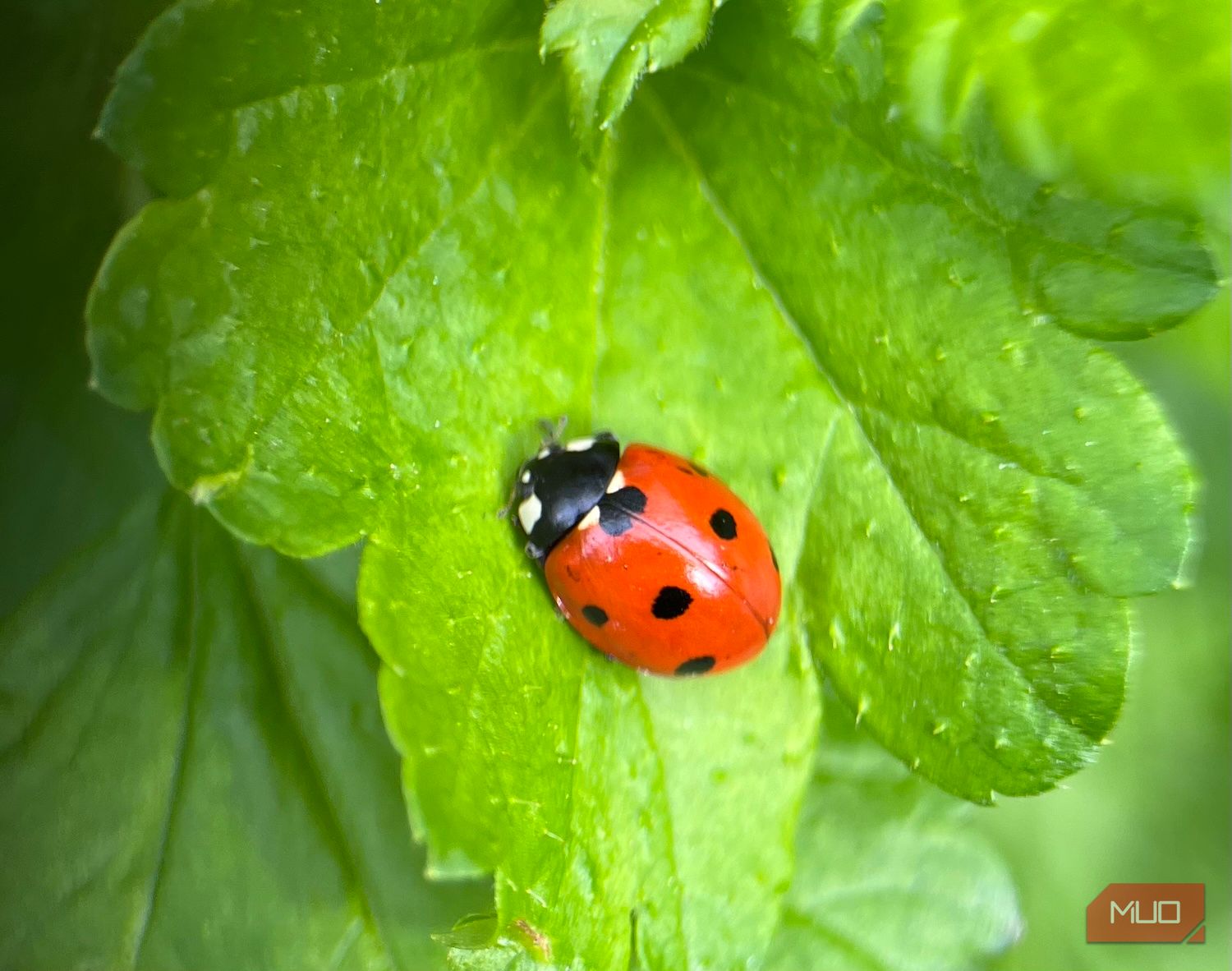





Leave a Comment
Your email address will not be published. Required fields are marked *